A person's natural tooth crown is the visible part of the tooth. It emerges from the gums and consists largely of tooth enamel. If the natural tooth crown is largely destroyed by dental diseases, it becomes a artificial tooth crown used to rebuild the tooth. Artificial tooth crowns are made of a metal alloy and ceramic.
What is an artificial tooth crown?

A natural tooth consists of three elements: a tooth crown, the tooth neck and the tooth root. If the natural tooth crown is destroyed by tooth decay or violence as a result of an accident, it can be replaced by an artificial tooth crown.
In order to be able to put on an artificial tooth crown, the remaining parts of a natural tooth crown must be ground down to the gums. A step is also placed on the neck of the tooth. The tooth is then pressed into a shape using a special compound that serves as an impression. With such a tooth model, a dental technician can then produce a specially tailored tooth crown that can then be placed on the remaining tooth stump.
Artificial tooth crowns can be made of titanium, gold alloys or non-metal alloys. There are fully veneered crowns, partially veneered crowns or unveneered full cast crowns. The material for veneering crowns can consist of plastic compounds or ceramics.
Ceramic veneers are of higher quality because they have a higher color stability and show less signs of wear. Galvano gold-based crowns are made of 999 gold and have a tooth-colored veneer. Alternatively, there are all-ceramic crowns, which have a comparatively lower thermal conductivity.
Shapes, types & types
An artificial crown is always necessary when the dentist has exhausted other measures to preserve the natural crown. The artificial tooth crown is like a cap that is built over the natural tooth stump.
Under local anesthesia, the dentist grinds the substructure of the tooth crown into a durable shape. This shape of the natural tooth stump is called preparation. It serves to be able to anchor the tooth crown well later. Several weeks can pass from preparation to completion in the dental laboratory. That is why the dentist covers the ground tooth stump with a temporary solution made of metal or plastic.
The correct size, shape, perfect fit and the function performed when chewing are important quality features for a tooth crown. Each tooth crown is individually designed, manufactured and adapted. The substructure of the tooth crown is usually made of metal. Veneers are placed on top by the dental technician. The color of the veneers is matched to the surrounding teeth and is made of plastic or ceramic. There are also full cast metal crowns that do not have veneers. However, especially in the anterior region of the anterior teeth, these crowns are not often desired due to the unusual color. In addition to the fully veneered crowns, there are also dental crowns with a partial veneer that only cover the area that is visible from the front. Tooth crowns that are made entirely of ceramic, on the other hand, can hardly be distinguished from natural teeth.
Structure & functionality
In order to ensure the best possible fitting with a tooth crown, several dental impressions are necessary for a dentist. It must be worked very precisely and carefully, as even the smallest inaccuracies in the later fit of the tooth crown are seriously noticeable.
If the tooth crown is individually manufactured, the dentist must insert it into the patient's dentition with great precision. When adjusting the tooth crown, small changes can still be made, which the dentist can achieve by grinding.
After the adjustment, the tooth crown is firmly connected to the tooth stump. To do this, the dentist uses cement, which allows the crown to sit firmly. Cemented-in crowns form a firm connection with the substructure that they can hardly be removed. Manual removal after cementing would damage the tooth crown.
If the teeth are well cared for, the crown can last up to 25 years. Veneers with plastic can, however, wear out much earlier. The minimum shelf life for all-ceramic crowns is at least 10 years.
You can find your medication here
➔ Toothache medicationMedical & health benefits
When crowning natural teeth, the dentist has to grind down the remaining tooth so that healthy tooth material is often also removed. Of course, this process can also cause damage to the processed tooth in the long term, but the risk of not crowning a diseased tooth and leaving an untreated dentition is usually higher. Dangerous dental diseases can develop as a result, the remaining tooth can break or the root can fester.
In any case, it is advisable to have incomplete or damaged teeth replaced with stable, high-quality dentures by a dentist as soon as possible.
Dental crowns significantly increase the patient's quality of life. He has the opportunity to use the tooth in question again.With a crowned tooth, the patient can chew properly again. The tooth has been restored and will no longer cause problems in the long term.
For many people, dental crowns are particularly important from an aesthetic point of view. Damage in the anterior region can be visually compensated almost perfectly with dental crowns. Tooth crowns enable a beautiful smile even with strongly discolored, deformed or chipped teeth and thus contribute to more self-confidence.

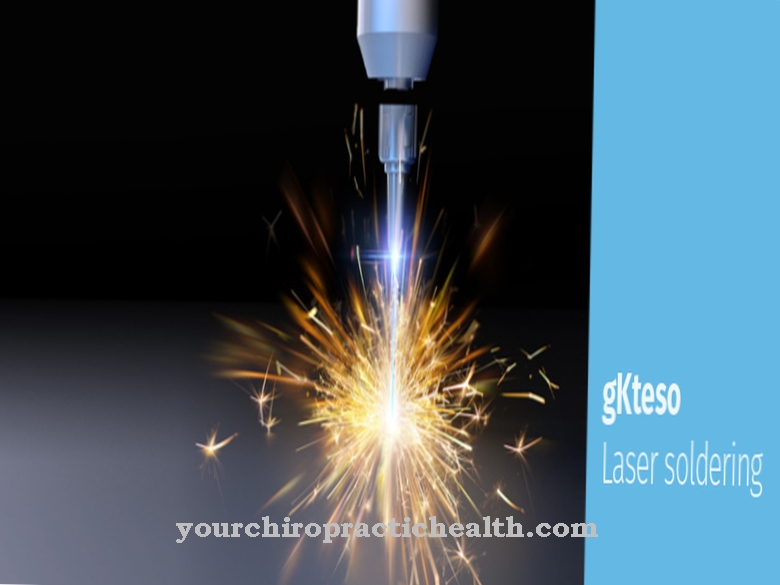
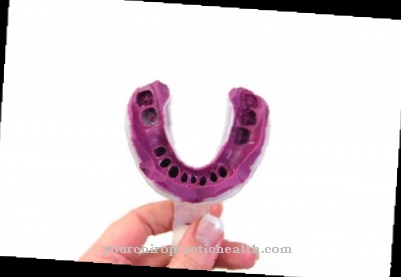


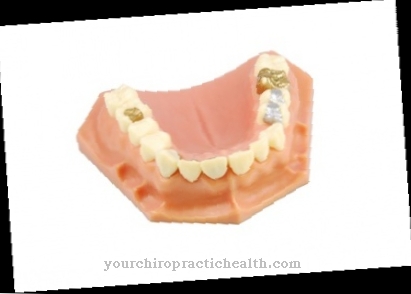










.jpg)


.jpg)

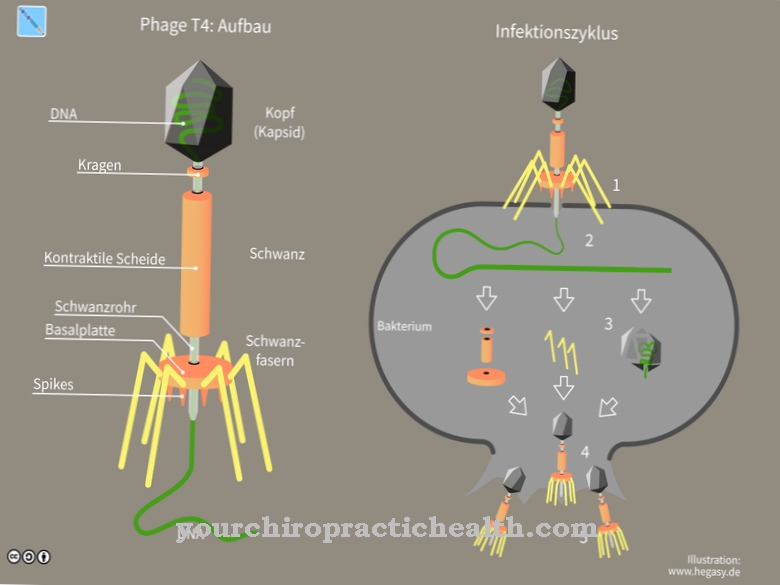
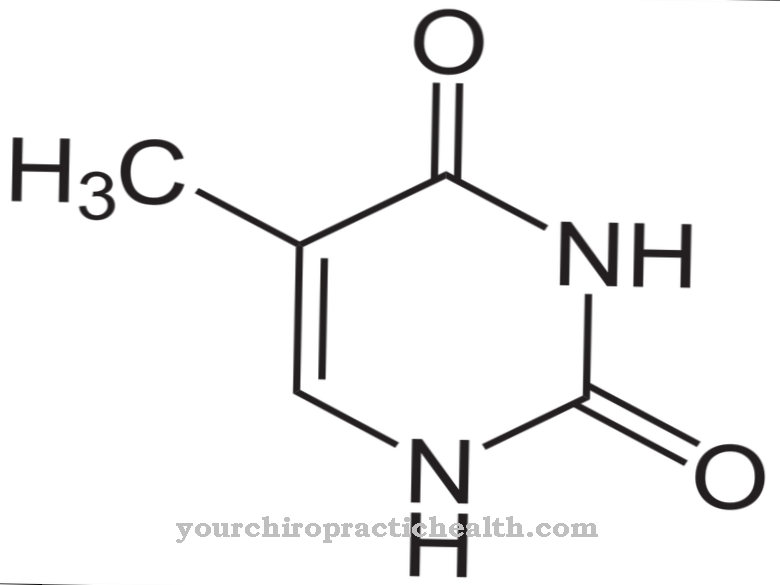
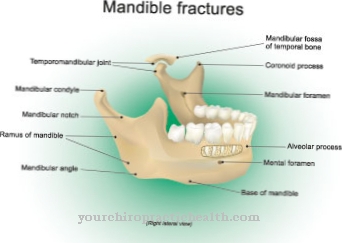


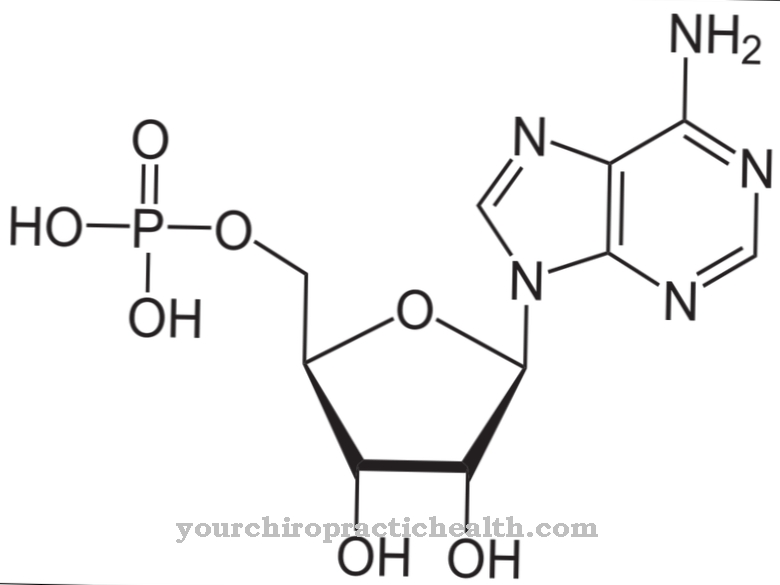
.jpg)
